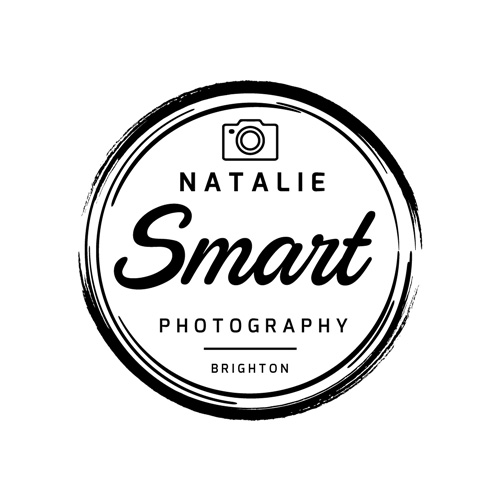In one of my latest Darkroom sessions I decided I wanted to enlarge a photo I’d taken of some logs which were outside a house I was staying at during a recent visit to Rye.
I had taken this photo using my Hasselblad 500 C/M camera and some Fomapan Creative 200 ISO black and white film.
I used Ilford IV Multigrade Resin Coated Pearl paper to make my prints. In the first print I made I used a 2 1/2 Contrast Filter and exposed the print for 5 seconds:

I was quite happy with the detail in the top half of the photo but I felt the detail was lacking somewhat in the lower part of the photo on the logs.
It was a bright, sunny day when I took the photo and I didn’t have a lens shade at that point to use on my camera. The lower logs were more exposed to the sunlight.
I therefore decided that this would be a good photo to try out the ‘burning in’ technique. I exposed my next print again with the same contrast filter and exposure time. However, this time I hovered some paper over the top part of the image and exposed the lower part of the photo to a further 5 seconds and this was the result:

I was pleased to see that the lower part of the photo was starting to show more detail in the logs. However, I felt the contrast filter I was using was lighting the lower logs a bit too much.
In the next print I decided to remove the contrast filter completely but I still ‘burned in’ the photo the same way as I had done for the second print and here is the result:

I liked the fact that you can see more detail in the lower logs but by not using a contrast filter, it made the photo darker overall. I also still had the problem of the little log that looks almost white in all of the photos. Although there was minimal detail on the actual negative of this log.
Perhaps I could perfect this photo even further but I wasn’t sure what would be next best to try. I don’t think I wanted to try any other contrast filters and all I could think is that I try ‘burning in’ some smaller areas a bit more.




























